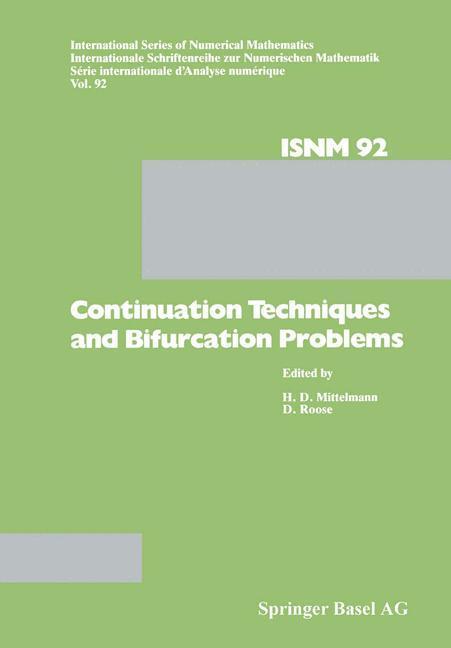The analysis of parameter-dependent nonlinear has received much attention in recent years. Numerical continuation techniques allow the efficient computation of solution branches in a one-parameter problem. In many cases continuation procedures are used as part of a more complete analysis of a nonlinear problem, based on bifurcation theory and singularity theory. These theories contribute to the understanding of many nonlinear phenomena in nature and they form the basis for various analytical and numerical tools, which provide qualitative and quantitative results about nonlinear systems. In this issue we have collected a number of papers dealing with continuation techniques and bifurcation problems. Readers familiar with the notions of continuation and bifurcation will find recent research results addressing a variety of aspects in this issue. Those who intend to learn about the field or a specific topic in it may find it useful to first consult earlier literature on the numerical treatment of these problems together with some theoretical background. The papers in this issue fall naturally into different groups.
Inhaltsverzeichnis
Large sparse continuation problems.- Continuation for parametrized nonlinear variational inequalities.- A multi-grid continuation strategy for parameter-dependent variational inequalities.- Continuation methods in semiconductor device simulation.- Stepsize selection in continuation procedures and damped Newton s method.- Symmetry breaking and semilinear elliptic equations.- Computational methods for bifurcation problems with symmetries with special attention to steady state and Hopf bifurcation points.- A note on the calculation of paths of Hopf bifurcations.- Computation of cusp singularities for operator equations and their discretizations.- Numerical computation of heteroclinic orbits.- Interaction between fold and Hopf curves leads to new bifurcation phenomena.- Bi-periodicity in an isothermal autocatalytic reaction-diffusion system.- Generic one-parameter bifurcations in the motion of a simple robot.



































